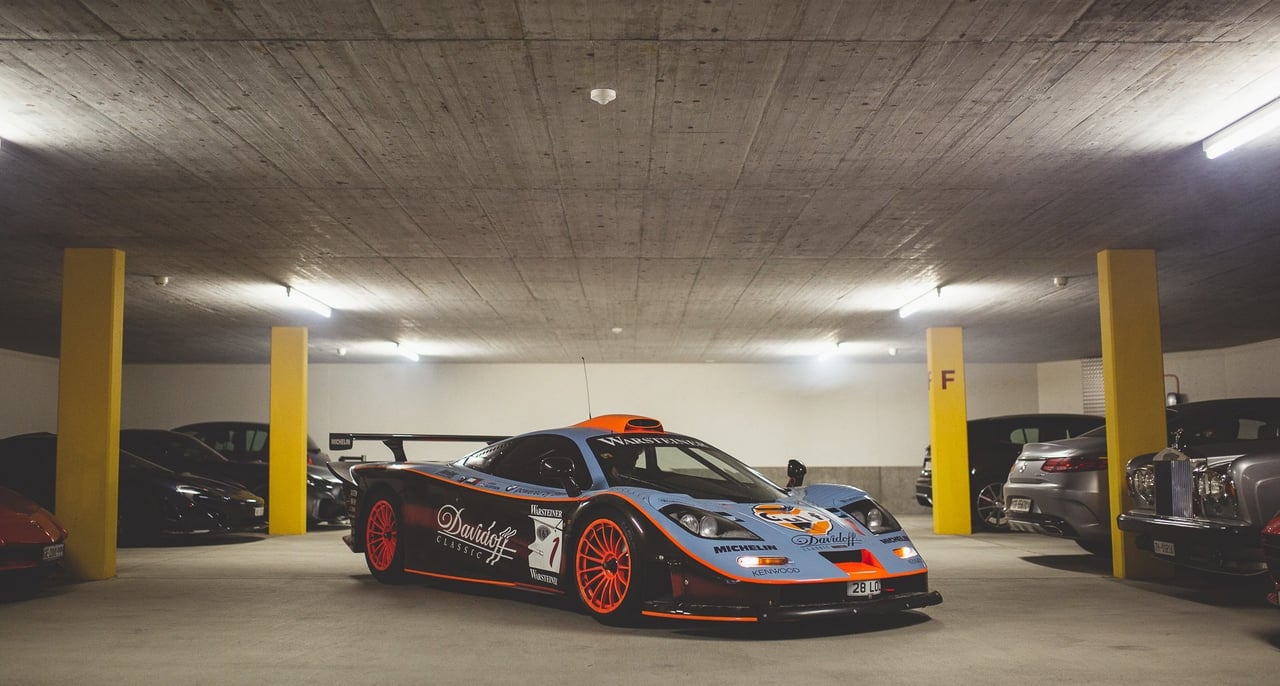

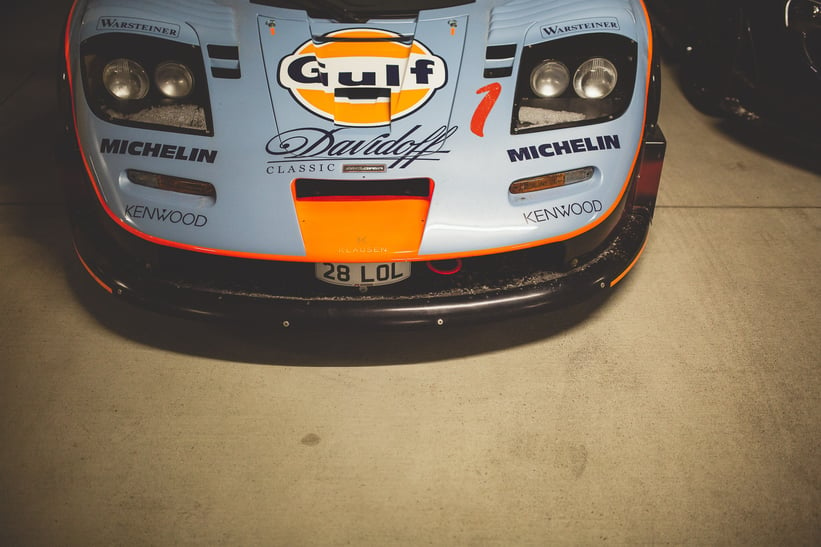
As we slowly negotiate the exit of the underground carpark and head out onto the roads of Arosa, the spine-tingling bark of the 6.1-litre V12 warming through is electrocuting our every single nerve ending. It feels like no sooner had the Gulf-liveried warrior arrived entirely unannounced at the Arosa Classic Car than we’re nestled in the iconic three-seater cabin and prowling through the lingering morning mist.
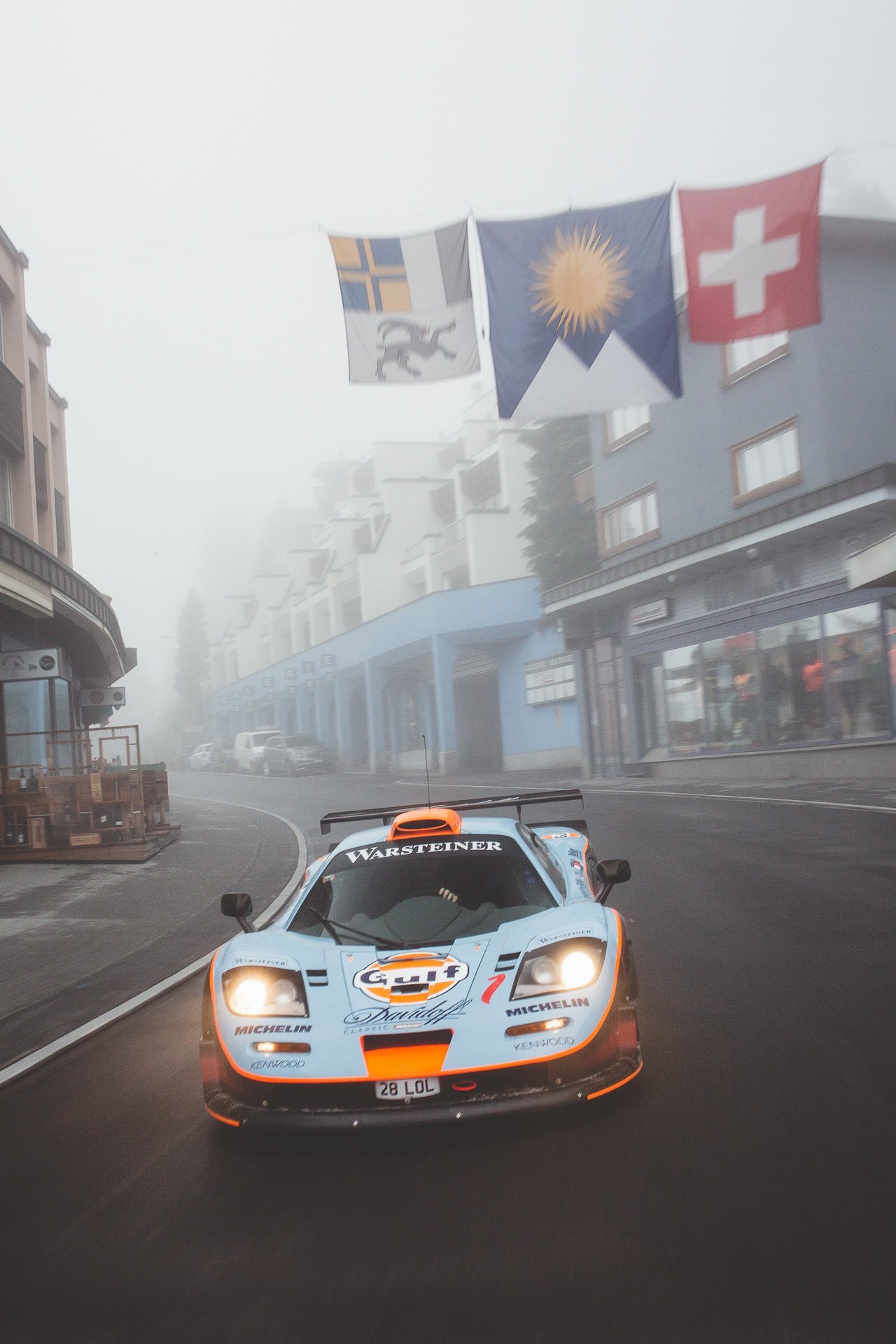
When Gordon Murray set about designing the ultimate, zero-compromise driver’s car for the road, he actually told Ron Dennis not to come back later and ask for it to be a racing car. But pressure from customers, who saw the newly formed BPR Endurance Championship as a prime arena in which the F1 could compete and likely succeed, led to the birth of the GTR. A compromised racer it might have been, but the F1 GTR became the McLaren that won Le Mans.
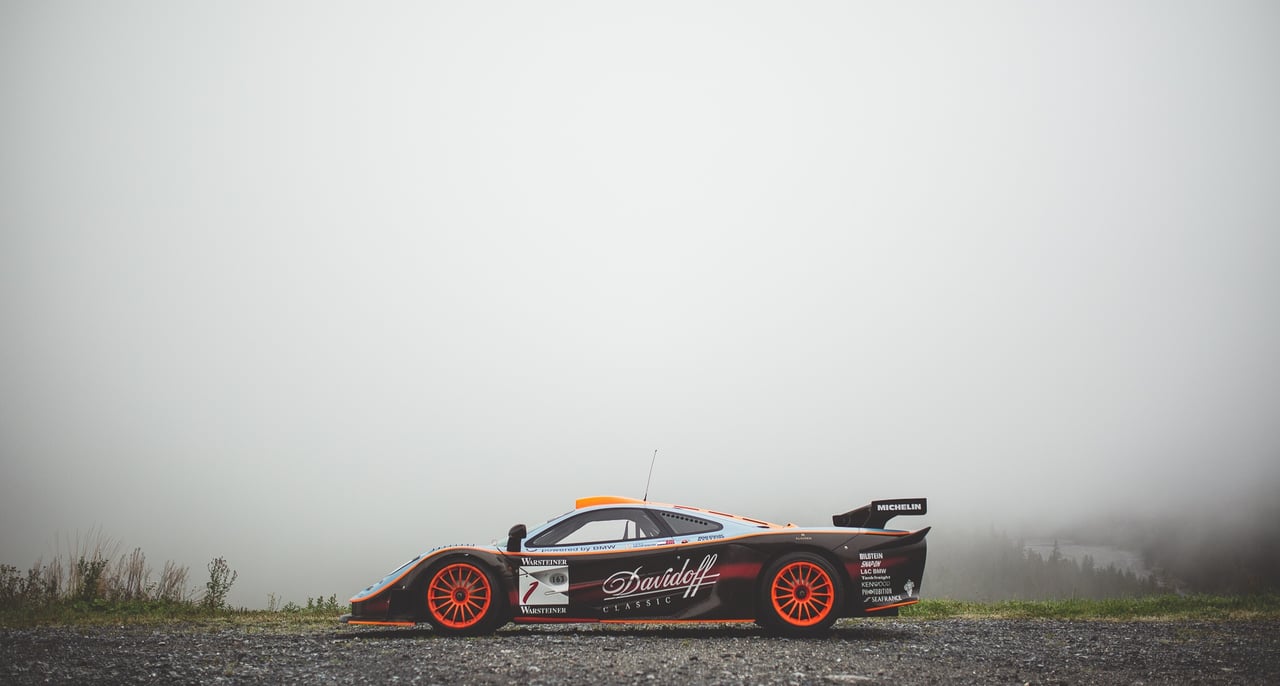


The arrival of the Porsche and AMG-Mercedes factory teams, whose interpretation of the rules and spirit of the flourishing sports car championship were somewhat questionable, forced McLaren to up its game ahead of the 1997 season. Where the original GTRs were essentially modified road cars, Murray’s revised F1 ‘Longtail’ was an entirely different beast. The most prominent changes were the extended front and rear overhangs, which finally provided the downforce needed to rival the Porsche 911 GT1s and Mercedes CLK GTRs.
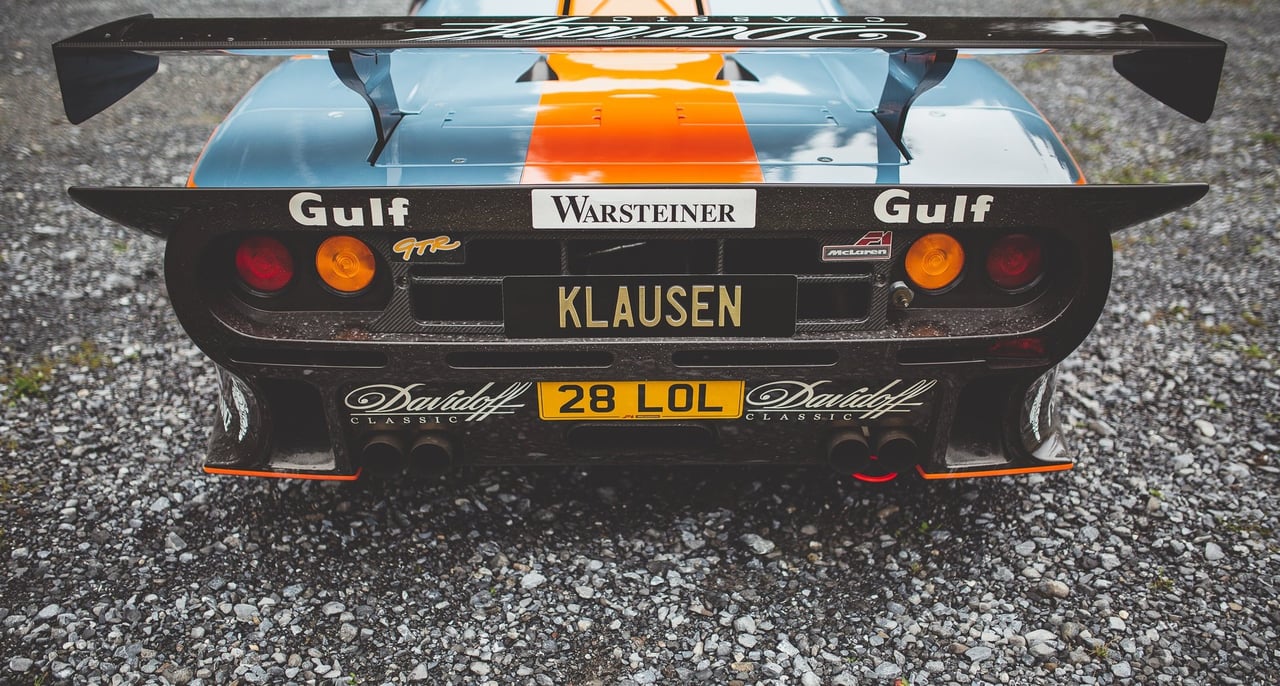

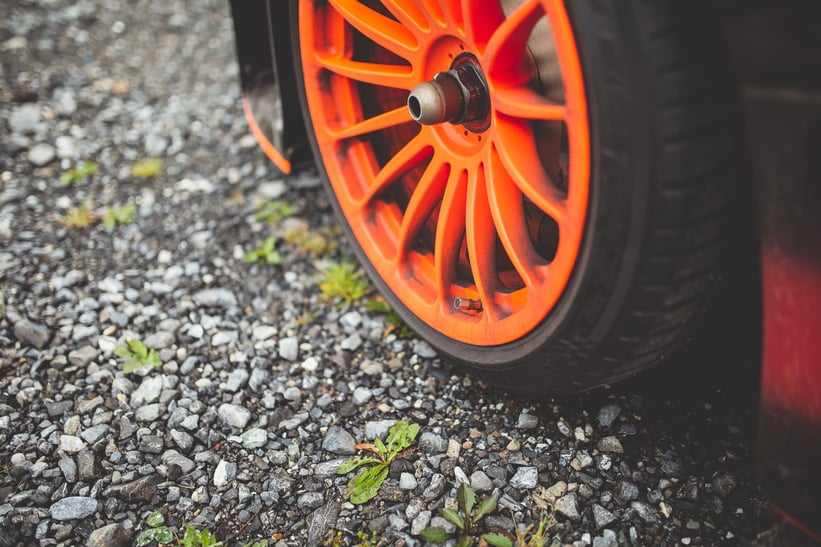
The 1997 FIA GT Championship (which the BPR had evolved into) proved to be one of the most dramatic and hard-fought in decades. And though McLaren ultimately lost out on the title, the season-long battle with AMG-Mercedes went down to the wire.
This specific F1 GTR is chassis 28R, the last of just 10 ‘Longtails’ built to contest that now fabled season. It began life as a spare car for the GTC Gulf Team Davidoff outfit and was whisked into action during the second half of the season, its drivers Geoff Lees and Anders Olofsson scoring two sixth-position finishes at Suzuka and the final round at Laguna Seca.


More recently, the 28R was given a new lease of life by the wizards at Lanzante, who converted the former racer to road-legal specifications. Rather childishly, we’ve always thought the idea of using a racing car for as mundane a task as taking your children to school, picking up groceries, or hitting the drive-thru rather amusing. Because if you’re going to go about them in a car as impractical as a low-slung modern supercar, why not go the whole hog and opt for something so hilariously unsuitable that the driving – which can often be a chore in this day and age – becomes an unforgettable event in itself?


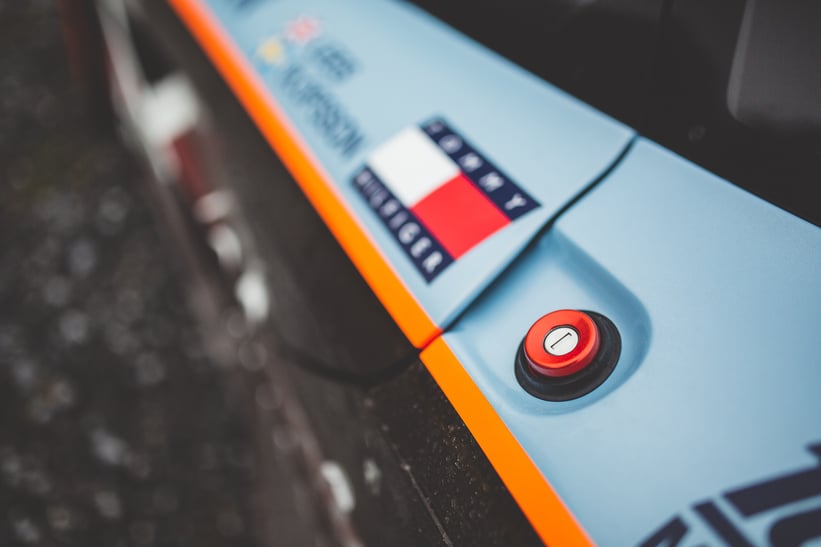
As is always the case with any former racing car, it’s the competition-oriented trinkets and details that arrest you the most. And this being a McLaren F1, they’re even more abundant and particularly exquisite. From the intricate pedal box – a work of pure art in itself – to the purple-topped titanium-nitride gear stick and the control panel littered with uniformly labelled knobs and switches, the latter of which makes you wonder how drivers ever found what they were looking for in the dead of night at Le Mans.

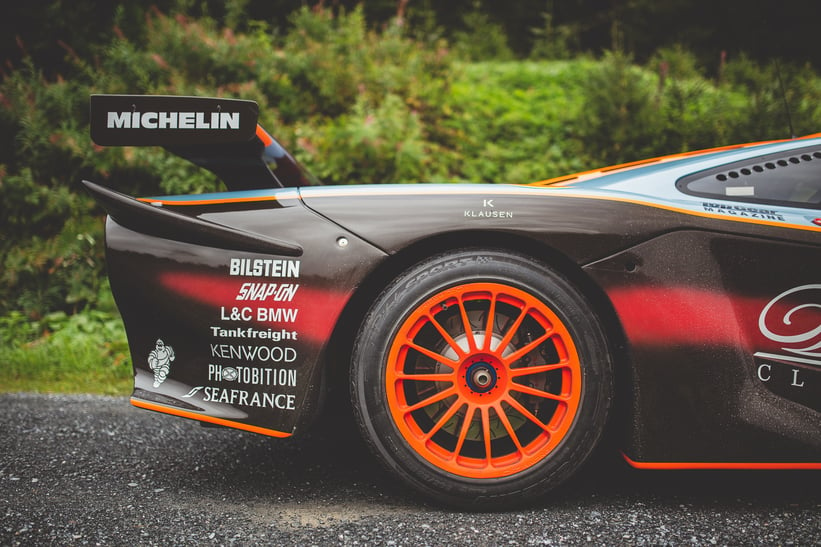

The timing of our rendezvous with the McLaren is appropriate. Currently, the automotive press is getting its hands on the Woking company’s new 600LT, which, just like the 675LT that preceded it, takes its inspiration from the F1 GTR ‘Longtail’. But while that car is a sanitised road car filled with nannying technological aids and creature comforts, we’re completely overwhelmed by the no-frills and raw experience of the F1. The car’s new registration plate – ’28 LOL’ – ‘says it all. We were left laughing out loud!

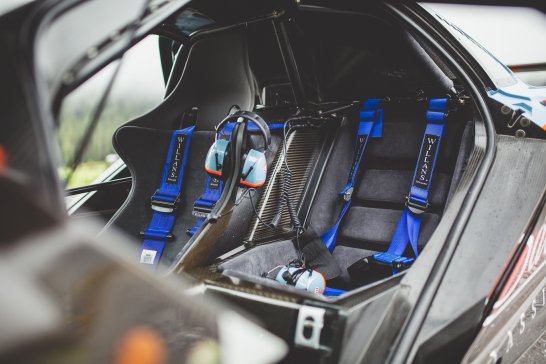
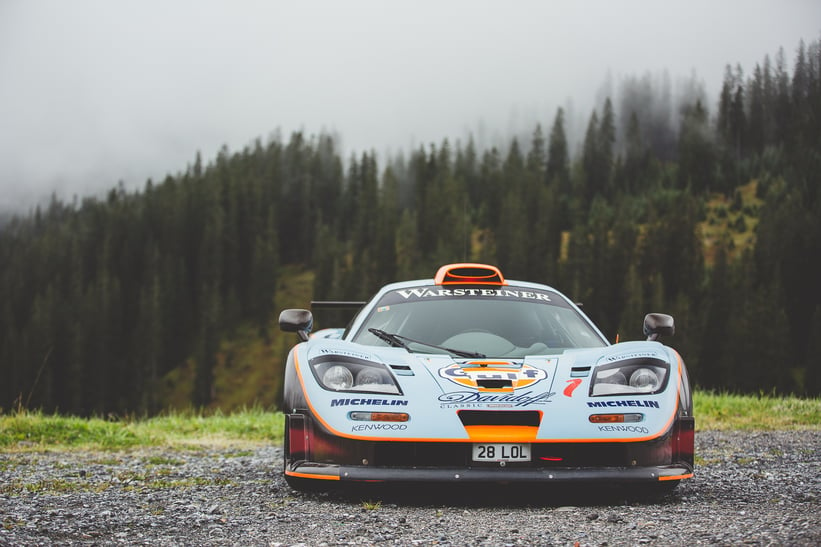
It’s the ultimate iteration of the ultimate road-going supercar. And given its competition pedigree, we’re not sure the F1 will ever be superseded. Kudos to the owner for actually using the car and getting it mucky – the casual observer could quite reasonably assume this car had just finished a 1,000km race. But how wrong they’d be. The impression will be seared in our memories for decades to come.
Photos: Mathieu Bonnevie for Classic Driver © 2018












































